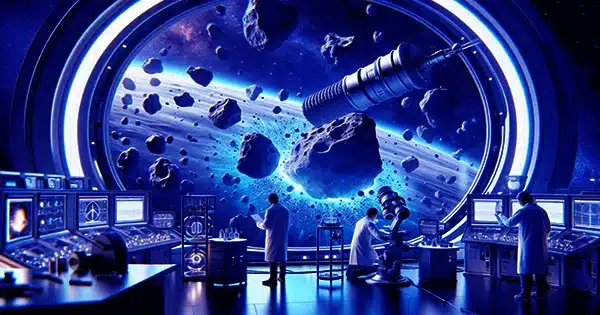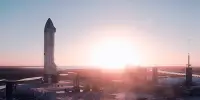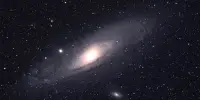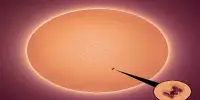Using data from the decommissioned Stratospheric Observatory for Infrared Astronomy (SOFIA), a joint project of NASA and the German Space Agency at DLR, Southwest Research Institute scientists detected water molecules on an asteroid’s surface for the first time. Using the FORCAST instrument, scientists examined four silicate-rich asteroids and isolated mid-infrared spectral signals indicating molecular water on two of them.
“Asteroids are leftovers from the planetary formation process, so their compositions vary depending on where they formed in the solar nebula,” said SwRI’s Dr. Anicia Arredondo, lead author of a report published in The Planetary Science Journal on the discovery. “Of particular interest is the distribution of water on asteroids, because that can shed light on how water was delivered to Earth.”
Anhydrous, or dry, silicate asteroids originate close to the sun, whereas ice materials agglomerate farther away. Understanding the locations and compositions of asteroids reveals how components in the solar nebula were spread and evolved since formation. The distribution of water in our solar system will provide insight into the distribution of water in other solar systems, and because water is required for all life on Earth, it will influence where we look for possible life, both in our solar system and elsewhere.
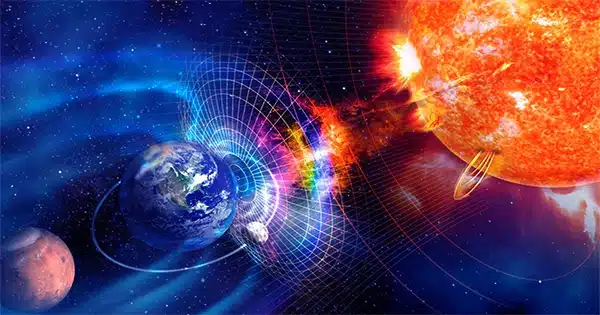
“We detected a feature that is unambiguously attributed to molecular water on the asteroids Iris and Massalia,” Arredondo said in a press release. “We based our research on the team’s discovery of molecular water on the moon’s sunlit surface. We assumed we could utilize SOFIA to detect this spectral signature on other bodies.”
SOFIA discovered water molecules in one of the greatest craters on the moon’s southern hemisphere. Previous investigations of the moon and asteroids had found some type of hydrogen but were unable to discriminate between water and its close chemical sibling, hydroxyl. Scientists discovered roughly the equivalent of a 12-ounce bottle of water trapped in a cubic meter of soil strewn across the lunar surface, chemically bonded with minerals.
“Based on the band strength of the spectral features, the abundance of water on the asteroid is consistent with that of the sunlit moon,” Arredondo said in a statement. “Similarly, on asteroids, water can also be bound to minerals as well as adsorbed to silicate and trapped or dissolved in silicate impact glass.”
The data from two fainter asteroids, Parthenope and Melpomene, were too noisy to draw any definitive conclusions. The FORCAST equipment does not appear to be sensitive enough to detect the water spectral signature if it exists. However, based on these findings, the team is engaging NASA’s James Webb Space Observatory, the world’s most powerful infrared space observatory, to explore other targets using its precise optics and superior signal-to-noise ratio.
“We have conducted initial measurements for another two asteroids with Webb during cycle two,” Arredondo went on to say. “We have another idea for the next cycle to look at an additional 30 targets. These investigations will help us better understand the distribution of water in the solar system.
